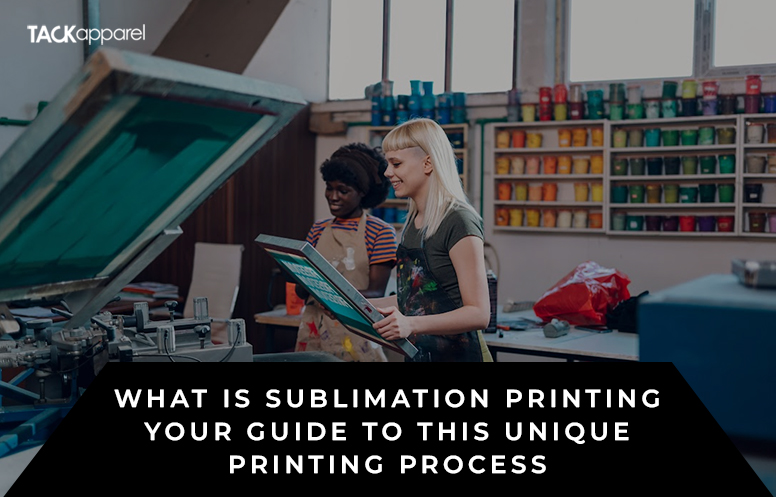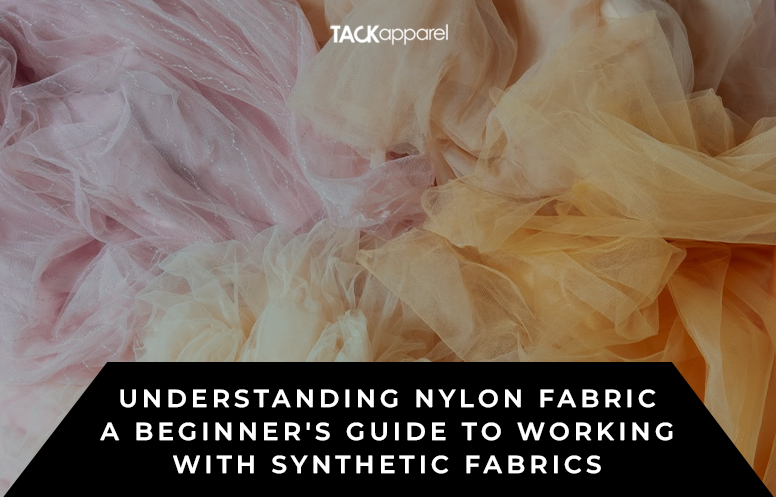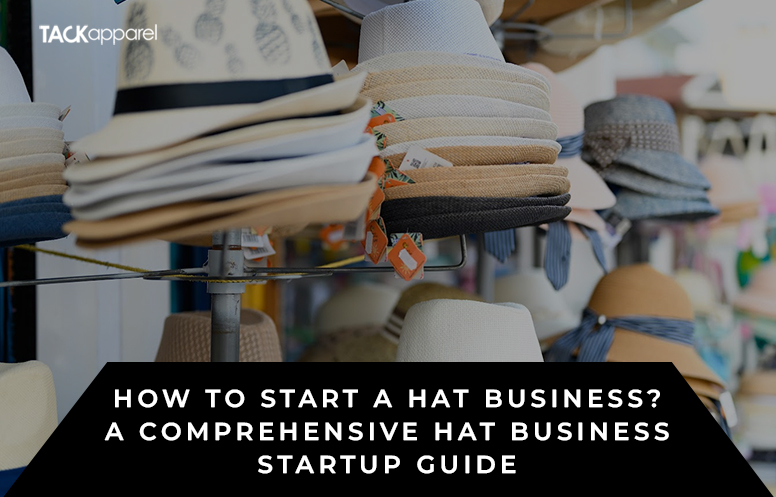The clothing manufacturing cost estimation is a key factor in determining whether an organization will stay in business or not. To make a successful business, you must first figure out how much does it cost to make clothes for starting a clothing line. This will give you a clear idea of how much you can put into making and designing. Garment manufacturing cost is the total amount of money that goes into making a garment.
At the time of sample development, the average cost of clothing is calculated using general manufacturing parameters like;
- The cost of raw materials (fabric, trims, and accessories)
- Manufacturing overhead (processing, finishing, and packing)
- Administrative overhead
- The sample clothing cost
- The profit
Most of the time, average clothing cost estimates are based on the current market prices of raw materials and overhead costs. At the time of sample development, the cost of clothing is estimated for a possible buyer, and the price is then negotiated with the buyer before orders are placed.
More things affect how much it cost to manufacture clothes.
These include;
- The cost of yarn
- The cost of knitting or weaving
- The cost of dying
- The cost of finishing
- The cost of cutting
- The cost of sewing
- The cost of printing
- The cost of direct and indirect labor
- The cost of factory overhead
- The cost of sales overhead
- The cost of shipping and transportation
- Profit and many more
Most of the costs that variable from time to time are;
- The price of yarn
- How much power is used for weaving and knitting
- The cost of running a factory
- The cost of labor
- How much fuel costs
- How the goods are shipped
It is very hard for businesses to figure out how much money they made from a certain order or style.
To find out how much each order and style cost to make and compare that to how much was planned. As well as to find out where costs went over what was planned.
Even though there are many products in the industry that can be used to figure out how much it costs to make a product. But the industry wants a simple way to figure out exactly how much does clothing cost. And for that must know the factors that affect clothing production costs.
How ERP Software Manages Data For Clothing Production Costs

The garment costing data is made up of minor details. To help analyze each detail software keeps track of the following information;
Woven fabric
It stores information about the woven fabric, such as;
- The Fabric Code
- Name of the Fabric
- Count
- Construction
- Dyeing
- Printing
- Finishing
- Width of the Fabric
Knitted Fabric
It stores information about the cost of knitted fabric, such as;
- The Fabric Code
- The Name of the Fabric
- The GSM
- The Width
- The Yarn Price
- the Knitting Charges
- The Average Dyeing Cost
- The Weight Loss on Dyed Fabric
- The Fleece Brushing Charges,
- The Loss in Printing, and
- The Interest in Yarn Price
Trims and Accessories
Information about trims, such as;
- The trim code
- The types of trim
- The name of the trim
- The manufacturer
- The unit of measurement
- The rate
Colors
Keep track of the following information about the colors, such as
- The color code
- The name of the color
Style
Keeps the track of information about; how much the style specifications costs.
- Classification (Men’s/Women’s/Kids)
- Style type (traditional, formal, semi-formal, Casual, ethnic, party wear)
- Fit (Regular/Slim)
Fabric Details
This form collects information about the style’s fabric. Based on this, information about the fabric, such as whether it is woven or knit, is taken from tables for woven fabric and knit fabric. The cost of the Fabric is given by the Fabric master once the Fabric has been chosen. As the Consumption information is typed in, the price of the fabric shows up on the screen. You can use more than one kind of fabric for the same style.

Details About The Trims And Extra Features
This collects information about the style’s Trims and accessories. As soon as the Trim code is chosen, the Trim information, including its price and Units of Measurement, appears on the screen. When the number of units needed for one garment is put in, the price automatically appears. For one Style, we can use several trims and accessories.
Details About The Color Sheet
This form is used to store information about the colorway. There is a way to store many colors in the system. It shows the color code, the color number, and the color.
Size Details
This form stores information about the size of the garment, such as the size code, the type of size (numeric or alphabetic), and the sizes.
Garment Costing Sheet
The projected cost of fabric, CMT (cut, make, and trim), which includes stitching, cutting, finishing, packaging, embellishments, and trims, is used to figure out the cost of making a garment.
Profit, projected loss on rejection, and charges on board are also added as %, Profit. FOB prices are given in US dollars, Euros, Pounds, and Rupees, and the exchange rate is used to figure out the cost of goods on board.
Details About the Daily Work
The cost of making something is figured out by adding up the cost of making it every day, the cost of the materials used, and other costs. The number of workers who make a product on a certain day in a certain line in a factory is used to figure out how much it costs to make that style every day.
And how to find a clothing manufacturer also involve some costing.
How It Will Impact Your Revenue
Revenue is how much profit margin a clothing manufacturer makes.
Total Revenue = Average Price x Quantity Sold
In this case, the average price could be the average order value for all orders placed in a certain time frame.
But it’s important to remember that revenue doesn’t always give you a clear picture of how much money your business is actually making. You need to figure out the profit margins to get a better idea of how well your business is doing.
After deducting all expenditures, operational costs, and other charges, the remaining amount is the profit margin.
Profit is the amount of money left over after all expenses are paid.
Revenue margins for small clothing companies can be anywhere from 4 percent to 20 percent. Markups need to be taken into account, of course.
To figure out profit margins, you take sales and subtract the actual cost of the goods that were sold. Markups, on the other hand, are the amount by which the selling price of a product is higher than its cost.
However, clothing companies should not only keep track of how much money they make each month, but they should also look into how much money they might be losing.
Brand squatting, fakes, piracy, and selling to people who aren’t authorized can all hurt your business.




